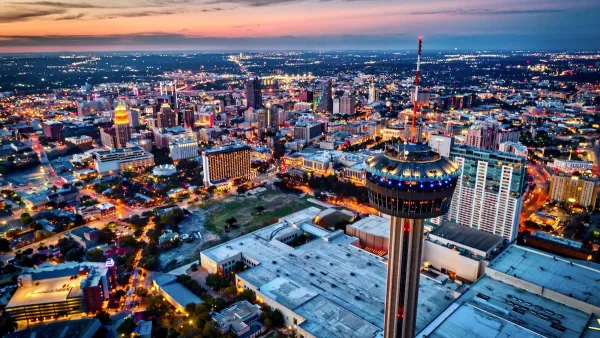Are developers seeking to rebuild New Orleans planning to develop a new, whiter and richer city?
"New Orleans is already displaying signs of a demographic shift so dramatic that some evacuees describe it as "ethnic cleansing." Before Mayor Ray Nagin called for a second evacuation, the people streaming back into dry areas were mostly white, while those with no homes to return to are overwhelmingly black. This, we are assured, is not a conspiracy; it's simple geography -- a reflection of the fact that wealth in New Orleans buys altitude.
That means that the driest areas are the whitest (the French Quarter is 90 percent white; the Garden District, 89 percent; Audubon, 86 percent; neighboring Jefferson Parish, where people were also allowed to return, 65 percent). Some dry areas, like Algiers, did have large low-income African-American populations before the storm, but in all the billions for reconstruction, there is no budget for transportation back from the far-flung shelters where those residents ended up. So even when resettlement is permitted, many may not be able to return."
"...What Drennen doesn't say is that this kind of urban integration could happen tomorrow, on a massive scale. Roughly 70,000 of New Orleans' poorest homeless evacuees could move back to the city alongside returning white homeowners, without a single new structure being built. Take the Lower Garden District, where Drennen himself lives. It has a surprisingly high vacancy rate -- 17.4 percent, according to the 2000 Census. At that time 702 housing units stood vacant, and since the market hasn't improved and the district was barely flooded, they are presumably still there and still vacant. It's much the same in the other dry areas: With landlords preferring to board up apartments rather than lower rents, the French Quarter has been half-empty for years, with a vacancy rate of 37 percent."
Thanks to Alternet Email Newsletter
FULL STORY: Purging the Poor from New Orleans

Planetizen Federal Action Tracker
A weekly monitor of how Trump’s orders and actions are impacting planners and planning in America.

Chicago’s Ghost Rails
Just beneath the surface of the modern city lie the remnants of its expansive early 20th-century streetcar system.

San Antonio and Austin are Fusing Into one Massive Megaregion
The region spanning the two central Texas cities is growing fast, posing challenges for local infrastructure and water supplies.

Since Zion's Shuttles Went Electric “The Smog is Gone”
Visitors to Zion National Park can enjoy the canyon via the nation’s first fully electric park shuttle system.

Trump Distributing DOT Safety Funds at 1/10 Rate of Biden
Funds for Safe Streets and other transportation safety and equity programs are being held up by administrative reviews and conflicts with the Trump administration’s priorities.

German Cities Subsidize Taxis for Women Amid Wave of Violence
Free or low-cost taxi rides can help women navigate cities more safely, but critics say the programs don't address the root causes of violence against women.
Urban Design for Planners 1: Software Tools
This six-course series explores essential urban design concepts using open source software and equips planners with the tools they need to participate fully in the urban design process.
Planning for Universal Design
Learn the tools for implementing Universal Design in planning regulations.
planning NEXT
Appalachian Highlands Housing Partners
Mpact (founded as Rail~Volution)
City of Camden Redevelopment Agency
City of Astoria
City of Portland
City of Laramie


























